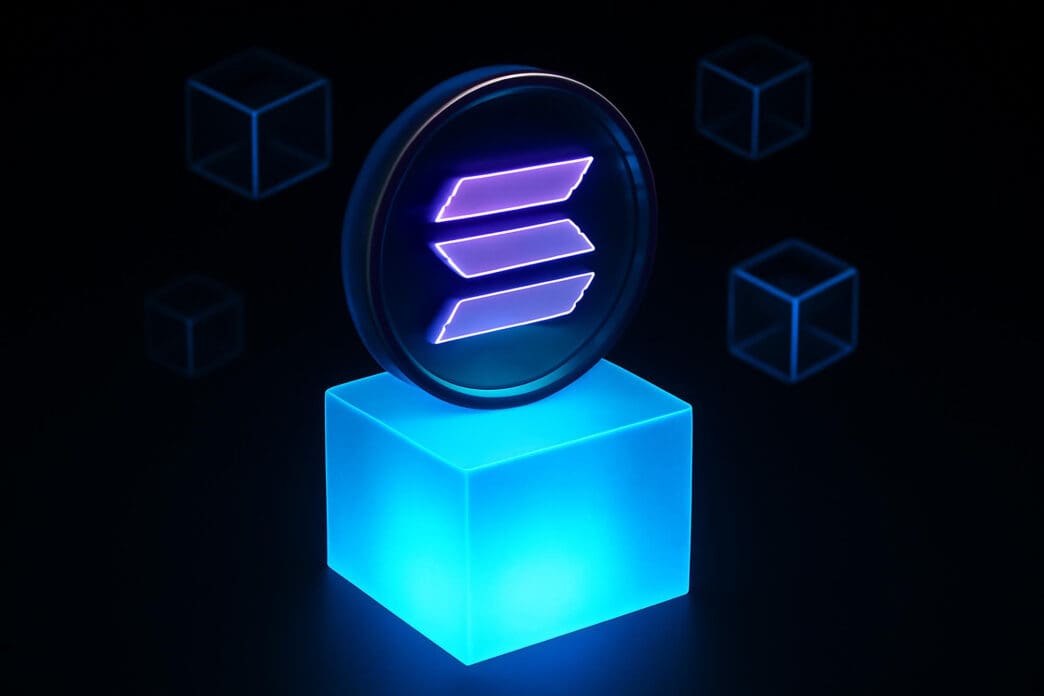Executive Summary
The Story So Far
Why This Matters
Who Thinks What?
Solana’s innovative Proof of History (PoH) consensus mechanism is transforming blockchain performance, enabling the network to process up to 65,000 transactions per second (TPS). This system, which integrates time directly into the blockchain, enhances speed, security, and energy efficiency by working in conjunction with Proof of Stake (PoS) and minimizing the need for constant validator synchronization.
Understanding Proof of History
Proof of History (PoH) is a time-based consensus mechanism developed by Solana to improve the speed and efficiency of its blockchain. At its core, PoH utilizes a Verifiable Delay Function (VDF) to generate a cryptographic chain of hashes, with each new hash based on the previous one. This creates an immutable record of events in the correct order, eliminating the need for constant synchronization between validators and reducing network delays.
PoH works in conjunction with Proof of Stake (PoS), where PoS is responsible for ensuring the accuracy of transactions, while PoH ensures they occur in a proper sequence. This combination allows Solana to achieve both high speed and security, while also resulting in lower energy consumption compared to traditional systems like Proof of Work (PoW).
Technical Advantages of Proof of History
One of the primary advantages of PoH is its capacity to handle a significantly higher number of transactions per second (TPS) compared to other blockchain platforms, reaching up to 65,000 TPS. This is largely due to PoH removing the necessity for time-consuming agreement processes among validators, allowing them to concentrate on validating transactions rather than determining their order.
The design of PoH also enhances its resilience against network delays and differences among nodes. Solana validators can remain synchronized even with a 30% disparity in connection speeds, a higher tolerance level than many other blockchain networks. This contributes to Solana’s overall stability and reliability, crucial for decentralized applications (dApps) and decentralized finance (DeFi) services.
Comparison with Other Consensus Mechanisms
Solana’s Proof of History distinguishes itself from other consensus models such as Proof of Work (PoW) and Proof of Stake (PoS). PoW, famously used by Bitcoin, requires miners to solve complex computational puzzles to validate transactions, a process known for its high energy consumption. In contrast, PoH significantly reduces energy consumption by eliminating the need for competitive mining.
Proof of Stake, employed by Ethereum 2.0, allows users to validate transactions based on their staked cryptocurrency. While PoS is more energy-efficient than PoW, it still relies on communication among validators to establish the order of transactions. PoH addresses this by providing a verifiable record of time, leading to a faster and more efficient validation process.
Challenges and Future Prospects
Despite its innovations, Proof of History faces certain challenges. Critics have voiced concerns regarding potential centralization, suggesting that the VDF sequence could become a single point of failure if compromised. Additionally, Solana has experienced network congestion and downtimes in the past, though recent updates have been implemented to enhance network reliability and uptime.
Nevertheless, these challenges have not impeded Solana’s advancement. In 2025, the network’s performance continues to be noteworthy, maintaining its status as a preferred platform for developers, traders, and exchanges. The increasing interest in Solana’s PoH system is evident, suggesting it may establish a new benchmark for blockchain performance, scalability, and energy efficiency.







